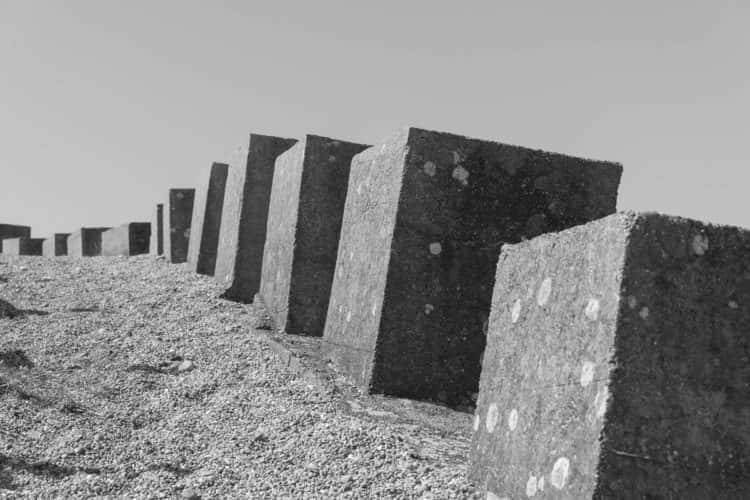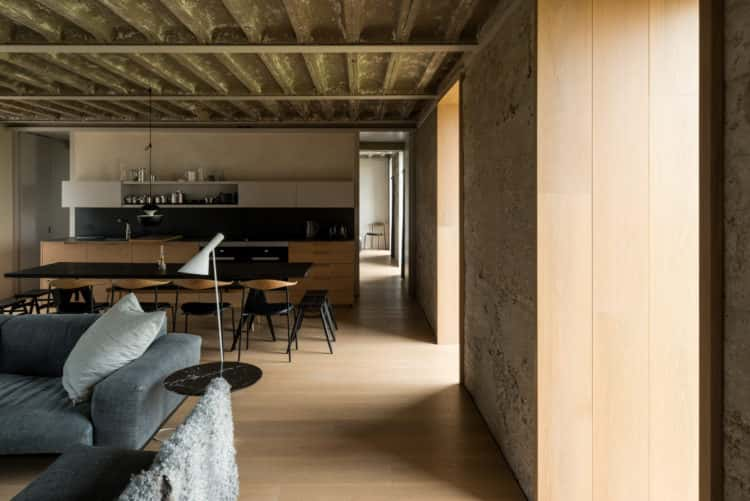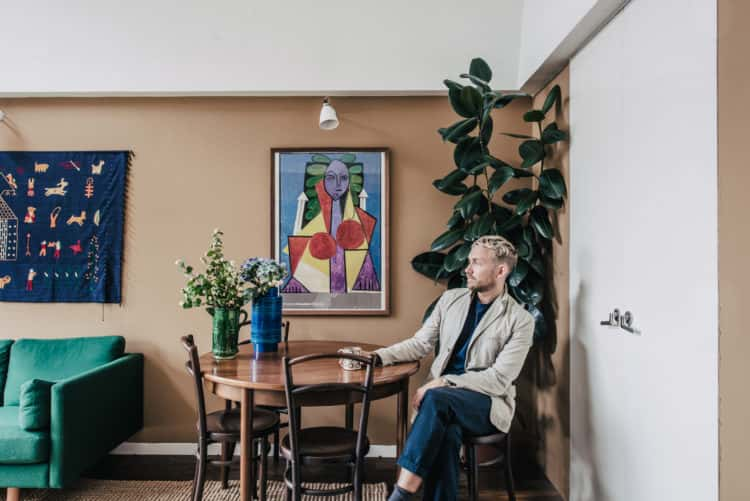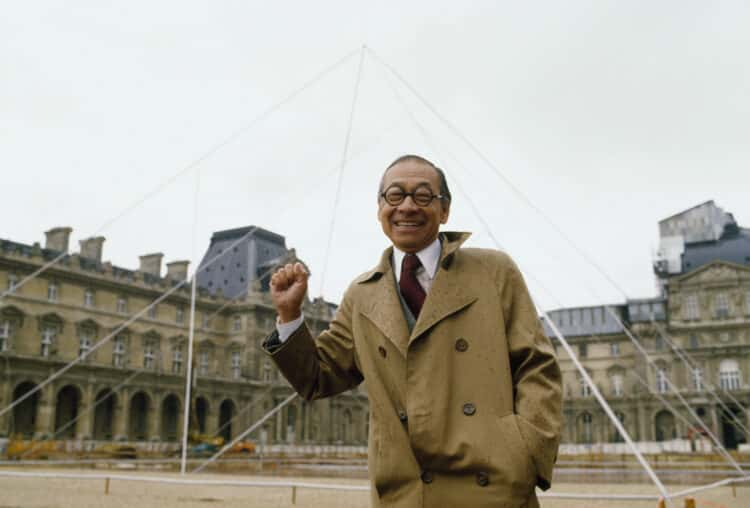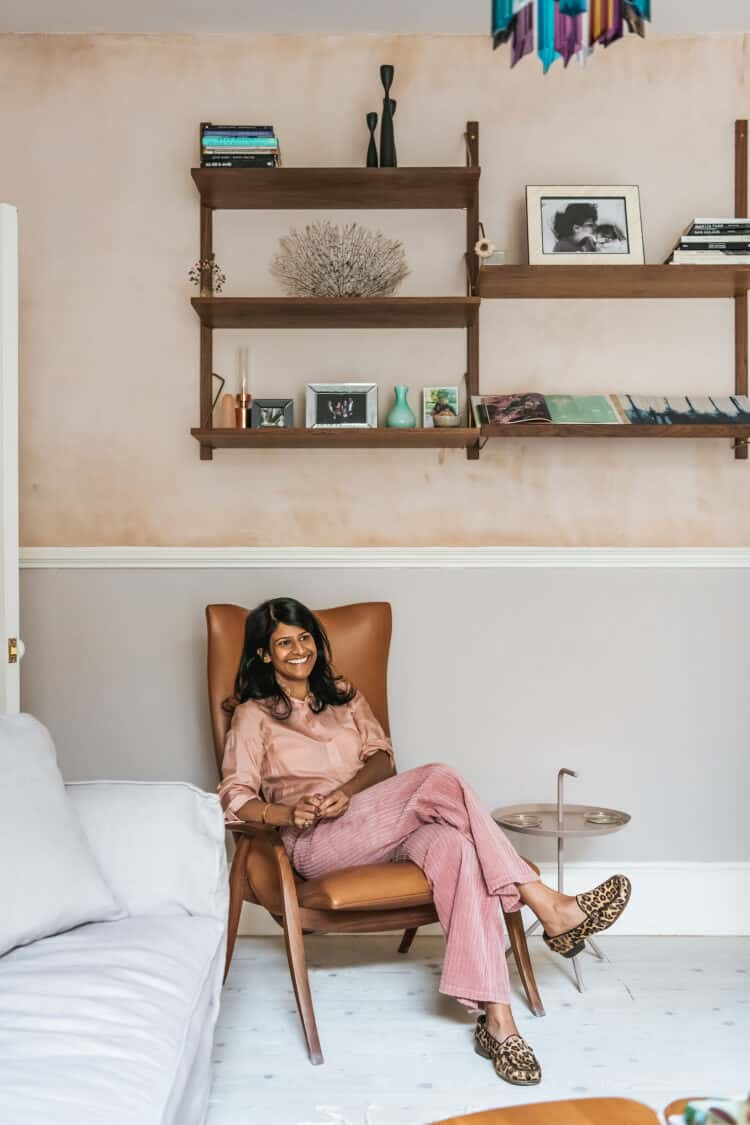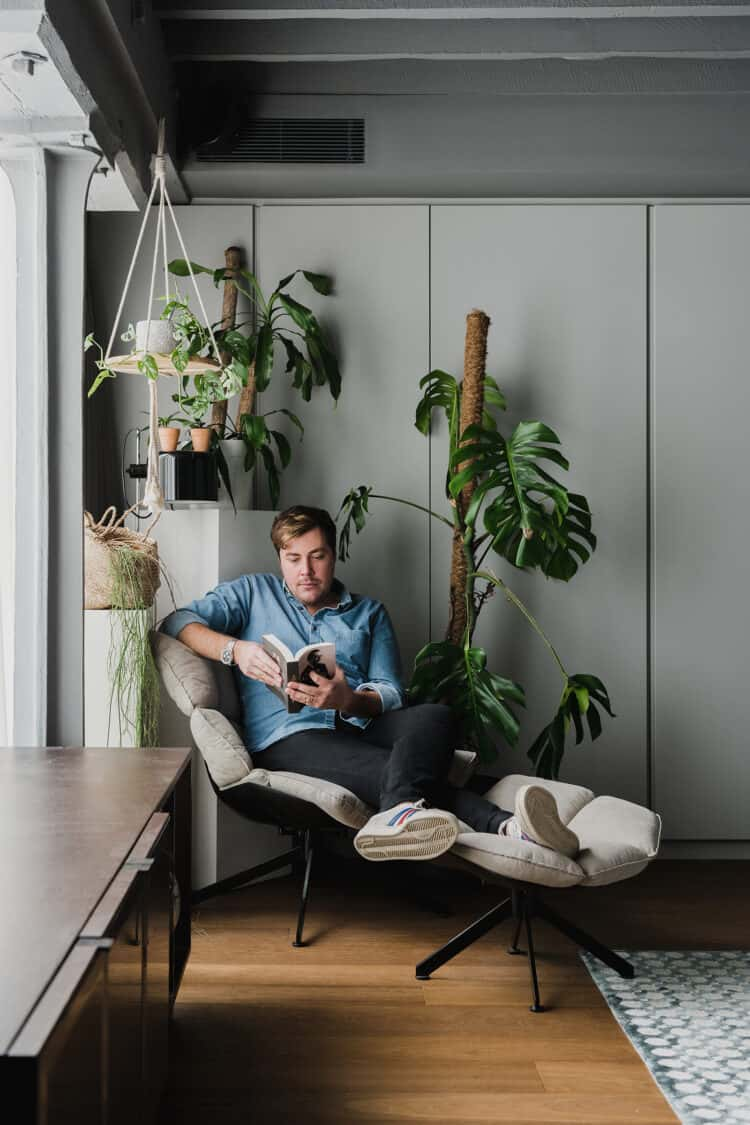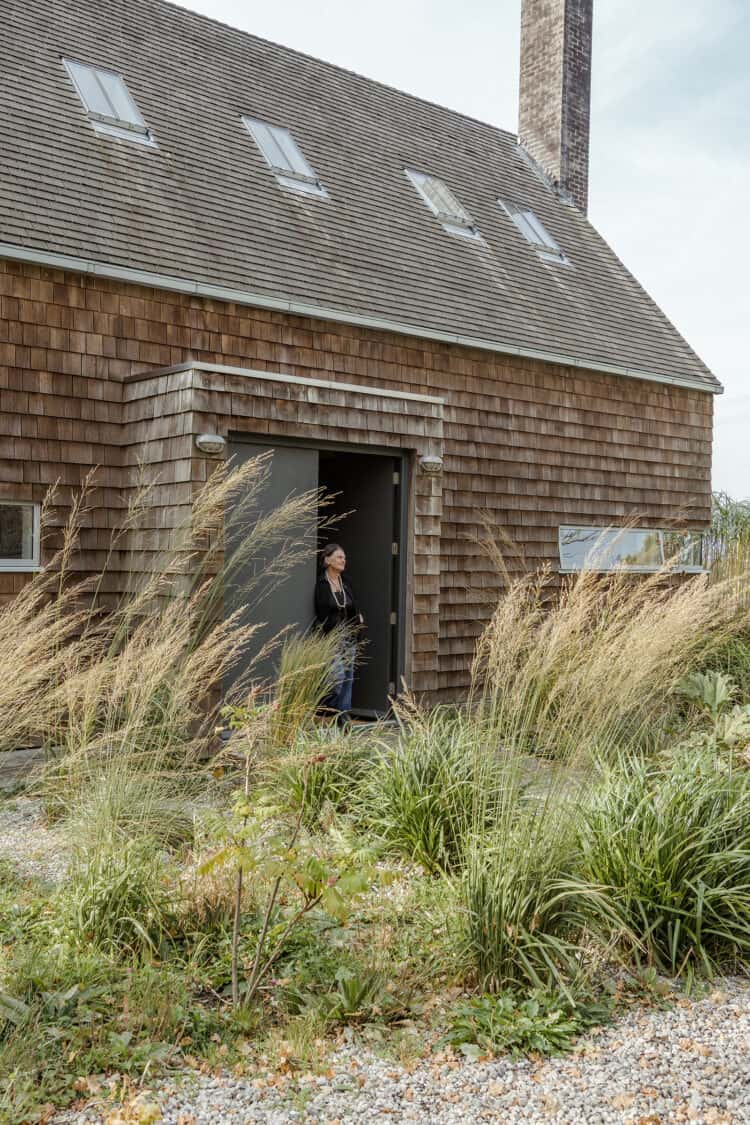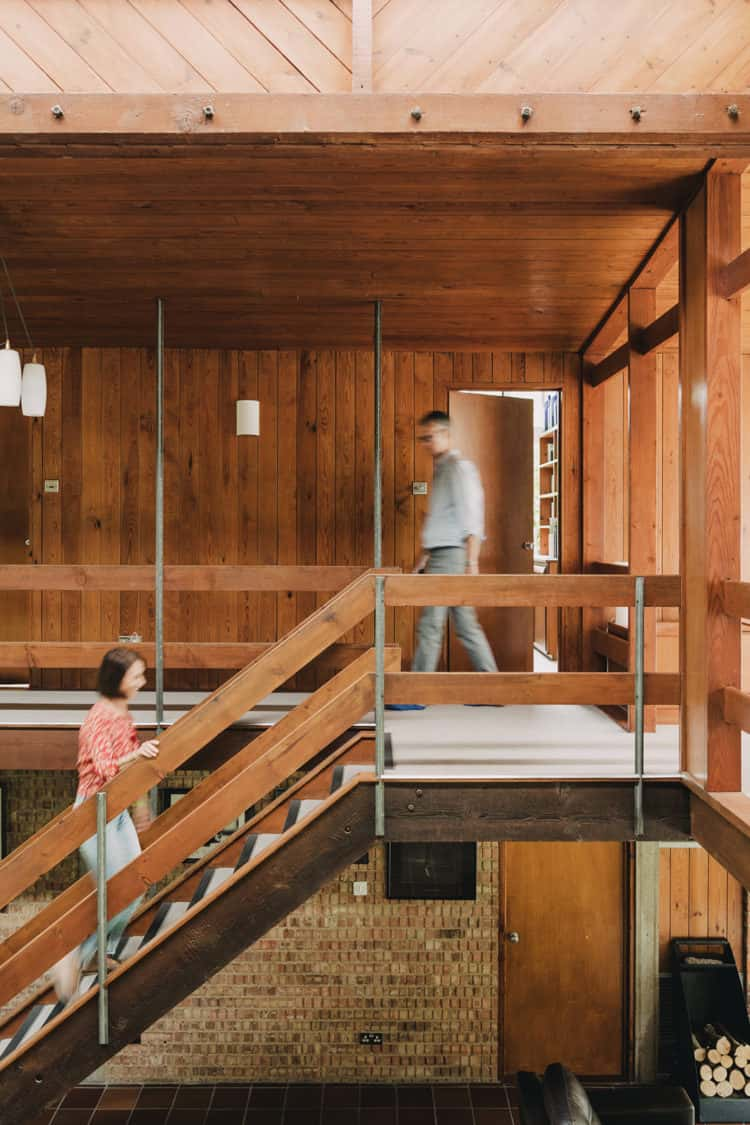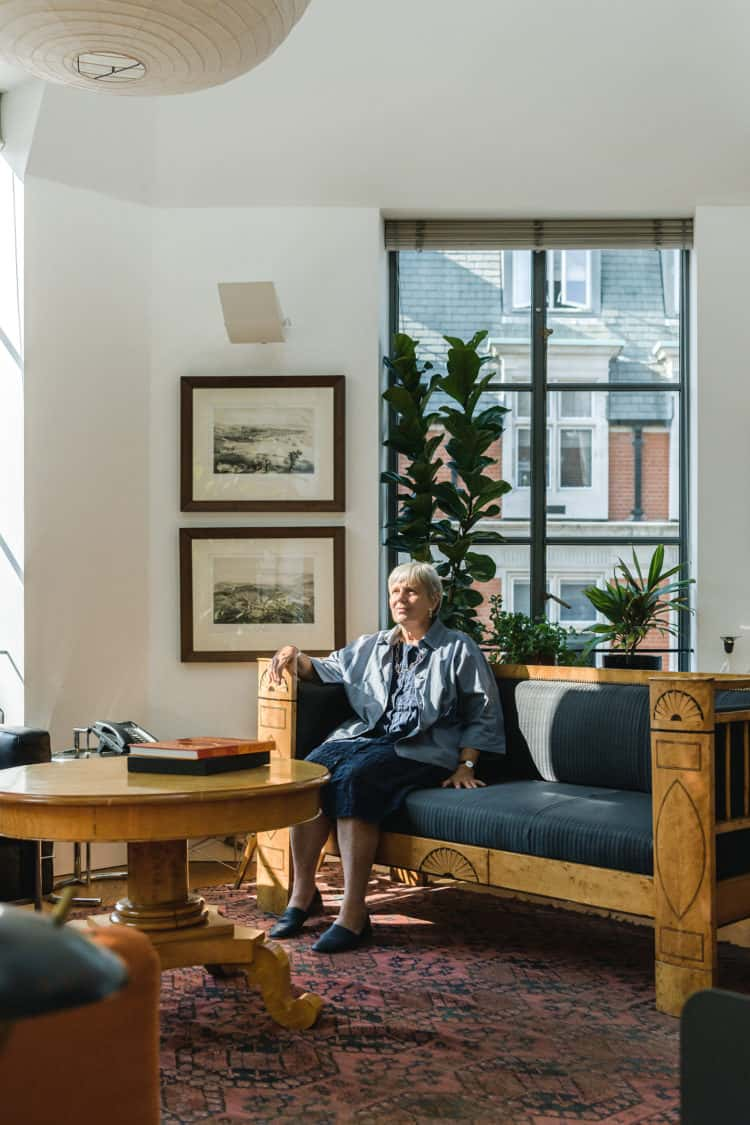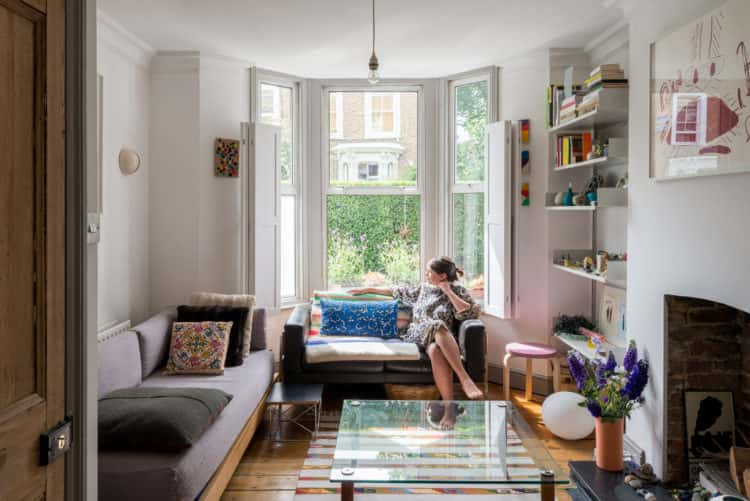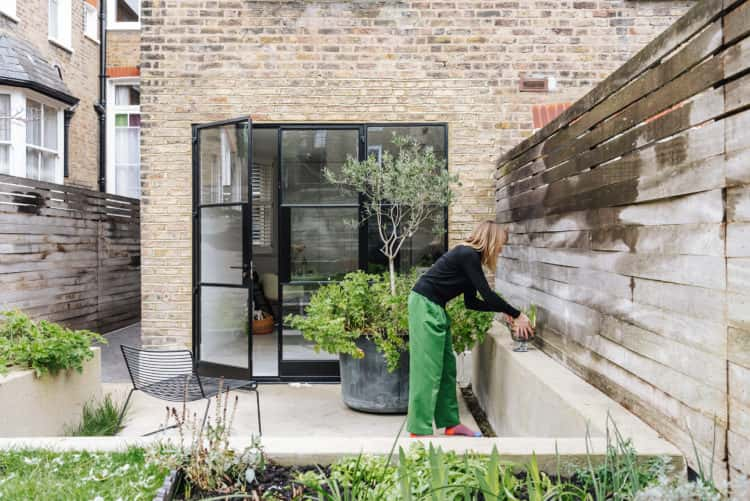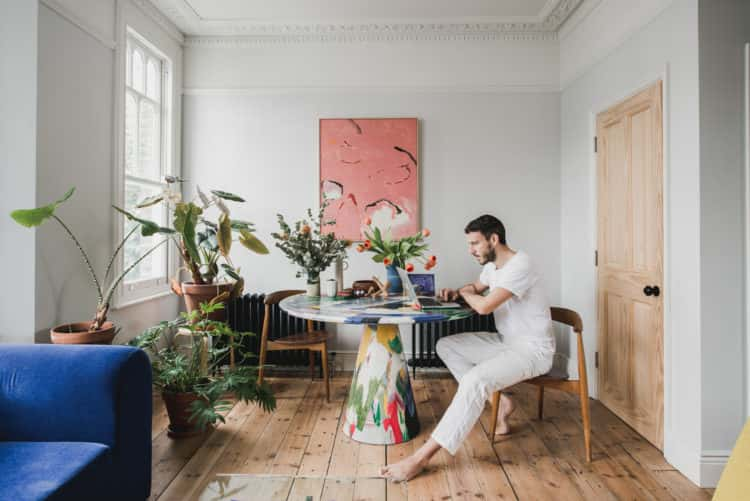My Modern House: architect Rupert Scott and interior designer Leo Wood’s converted gin distillery in Whitechapel
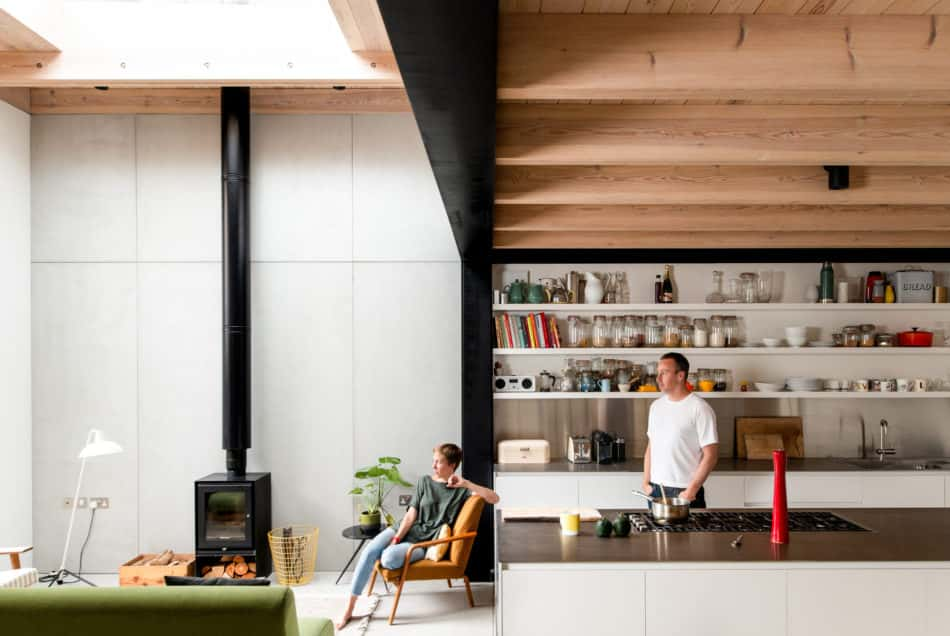
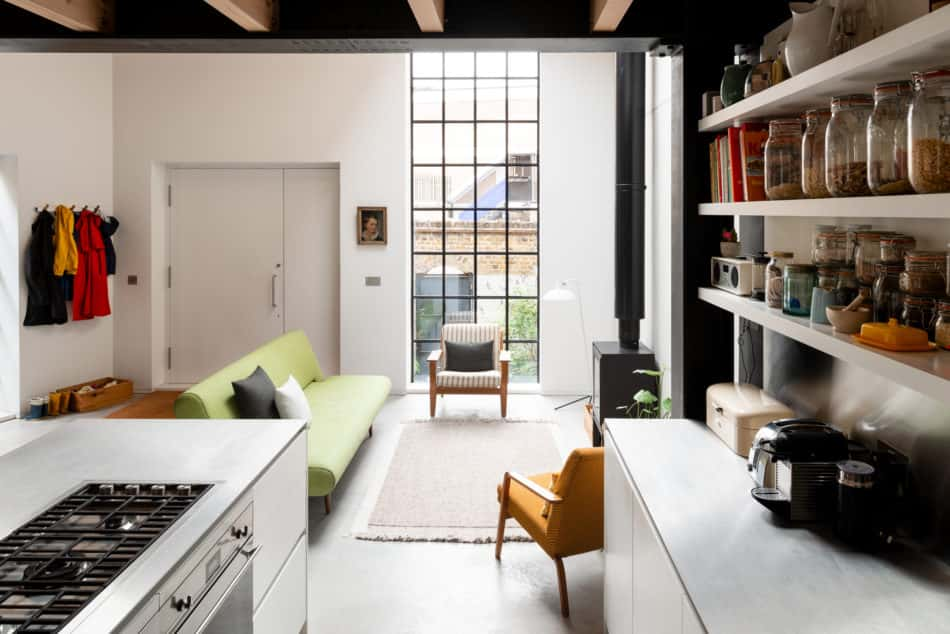
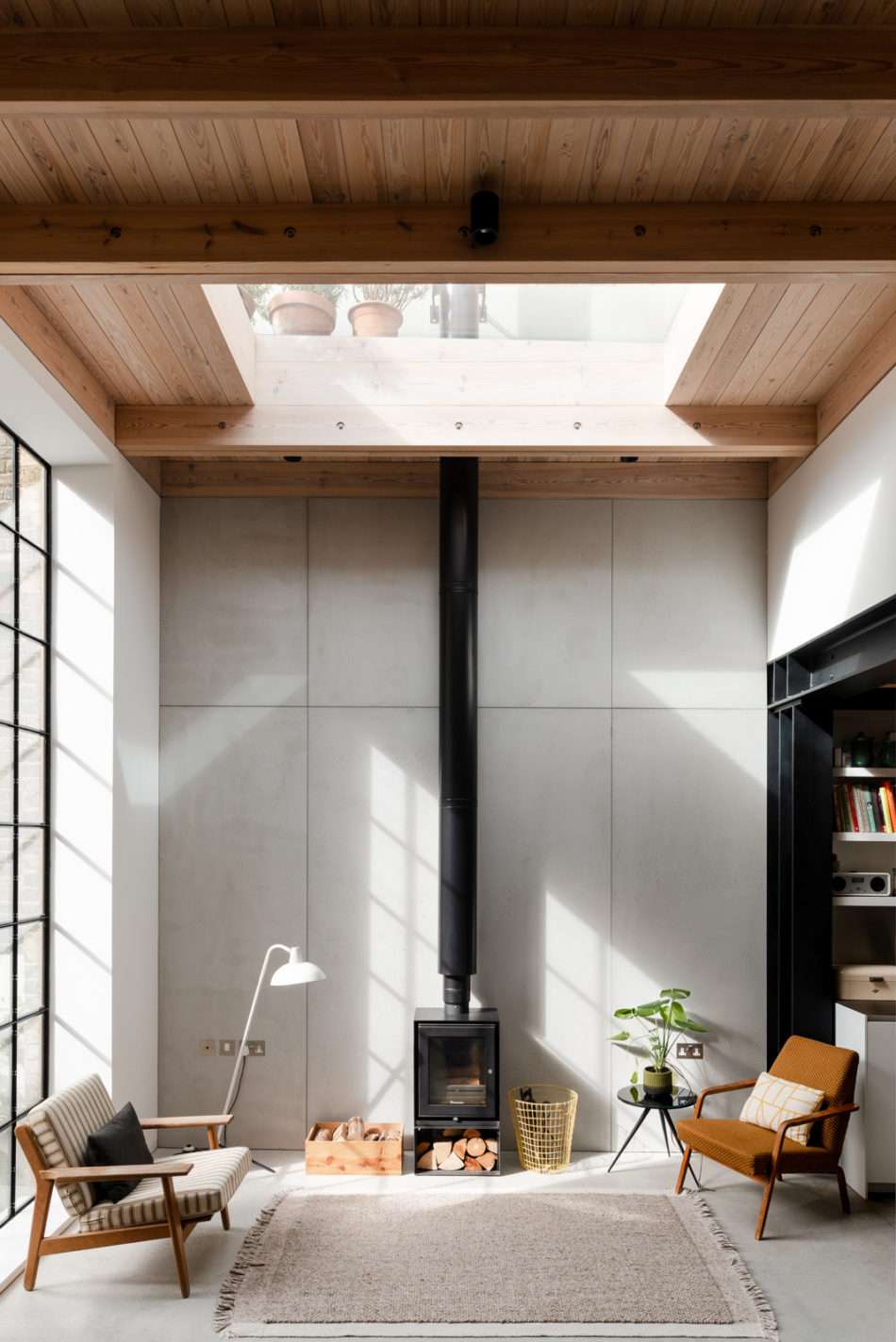
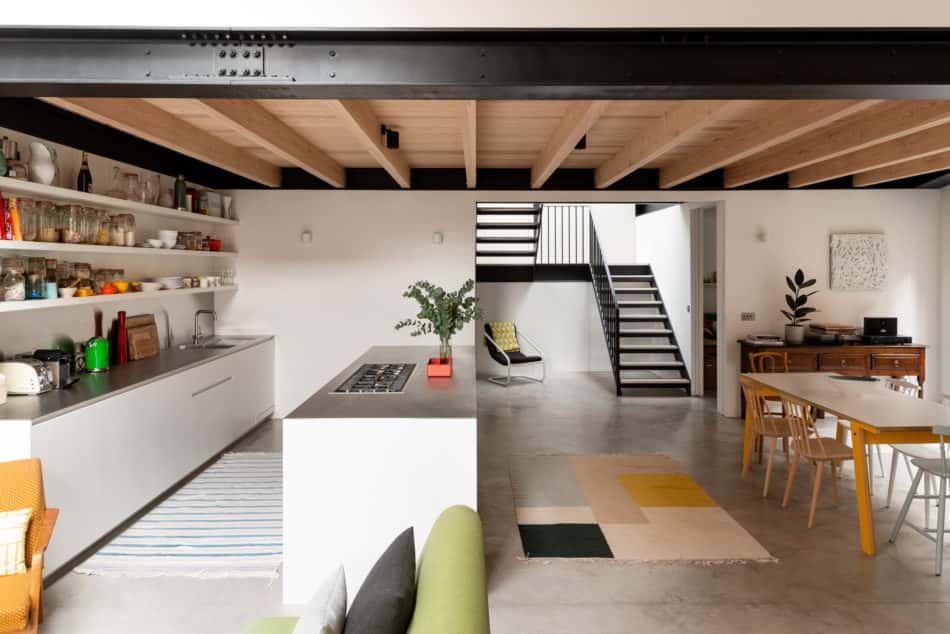
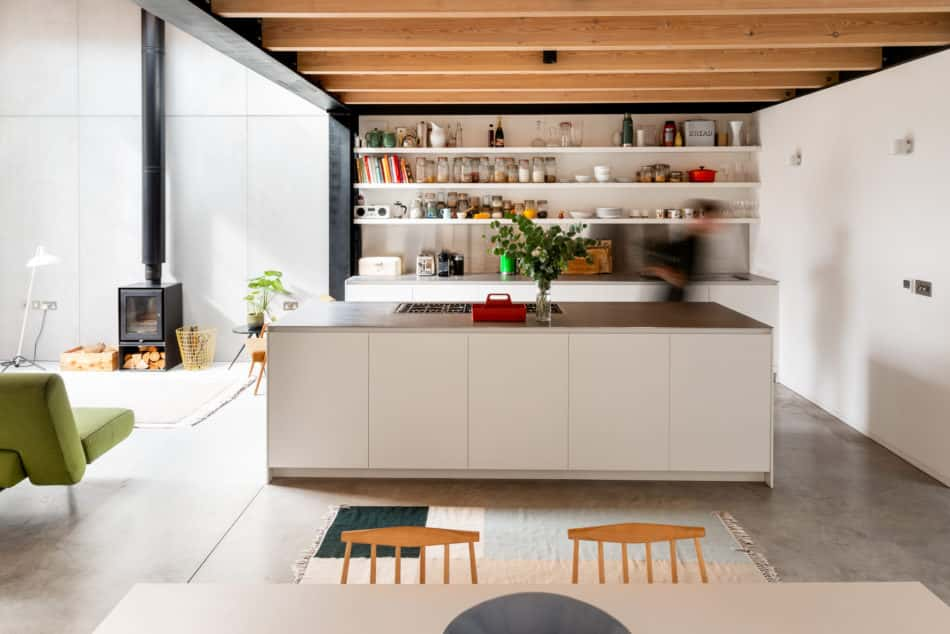
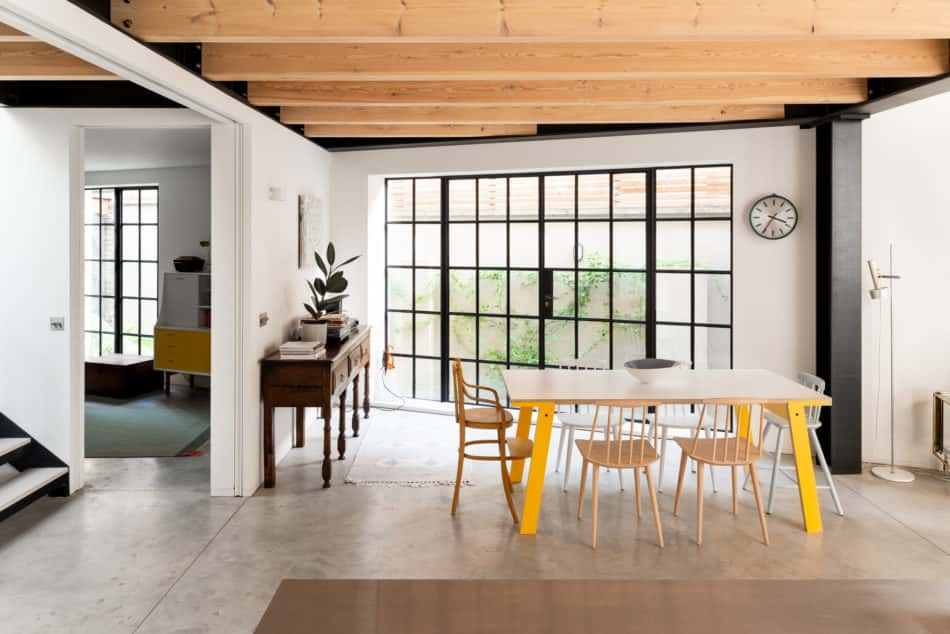
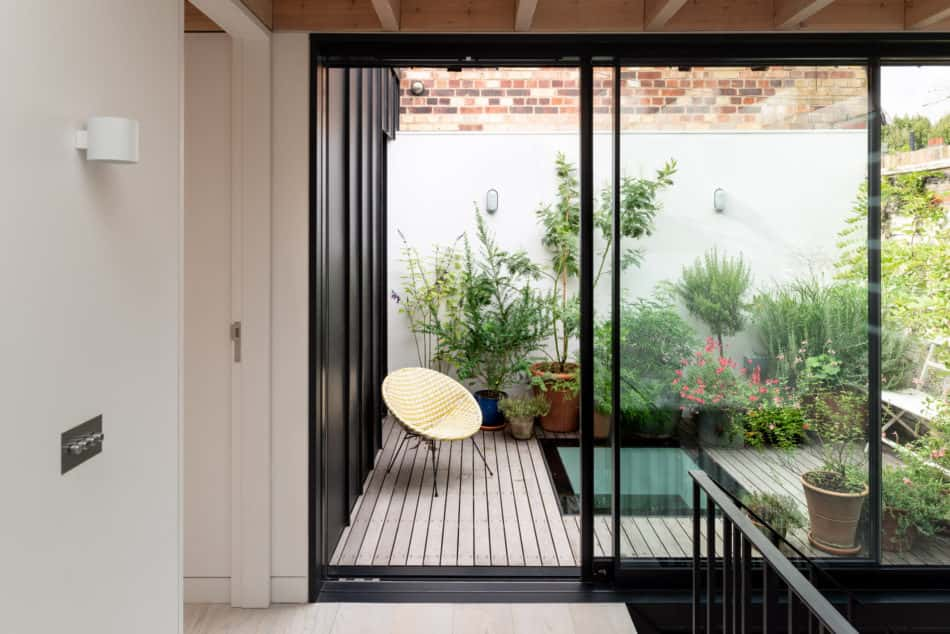
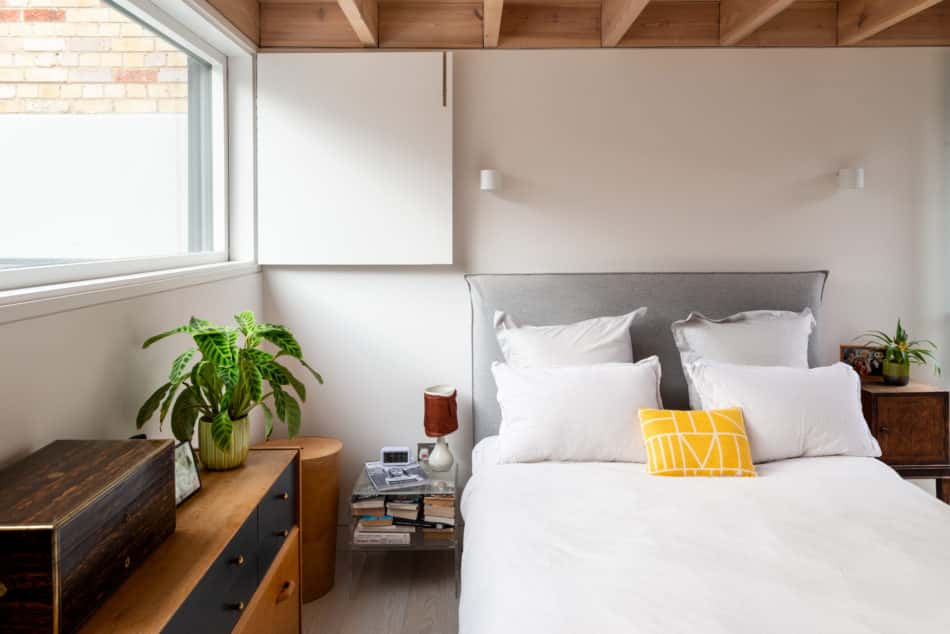
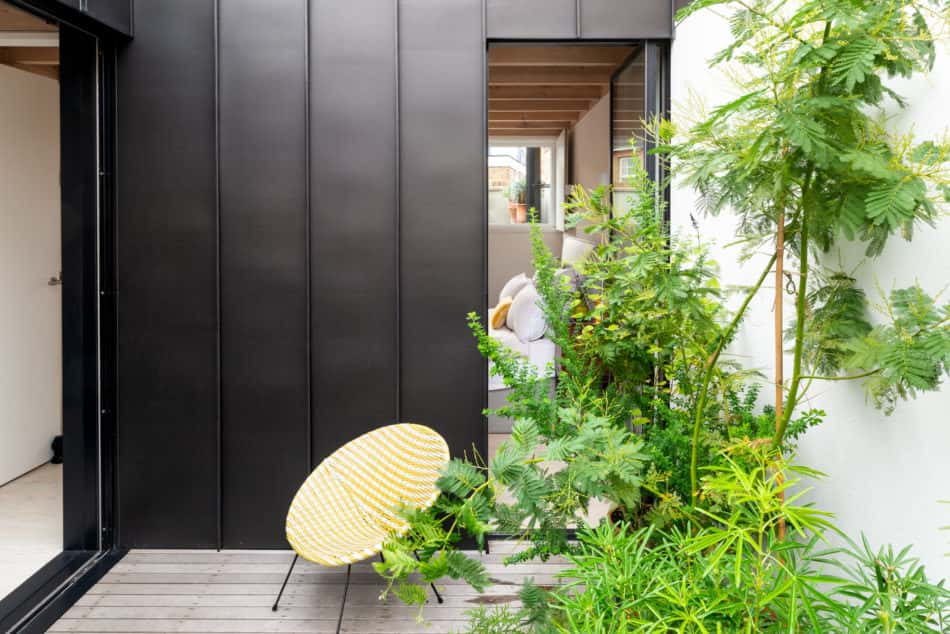
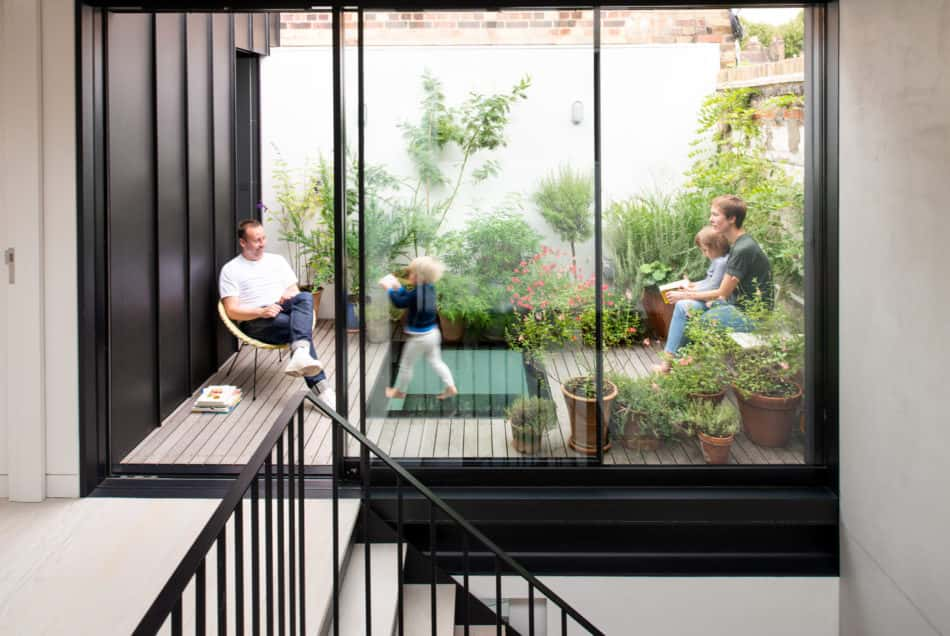
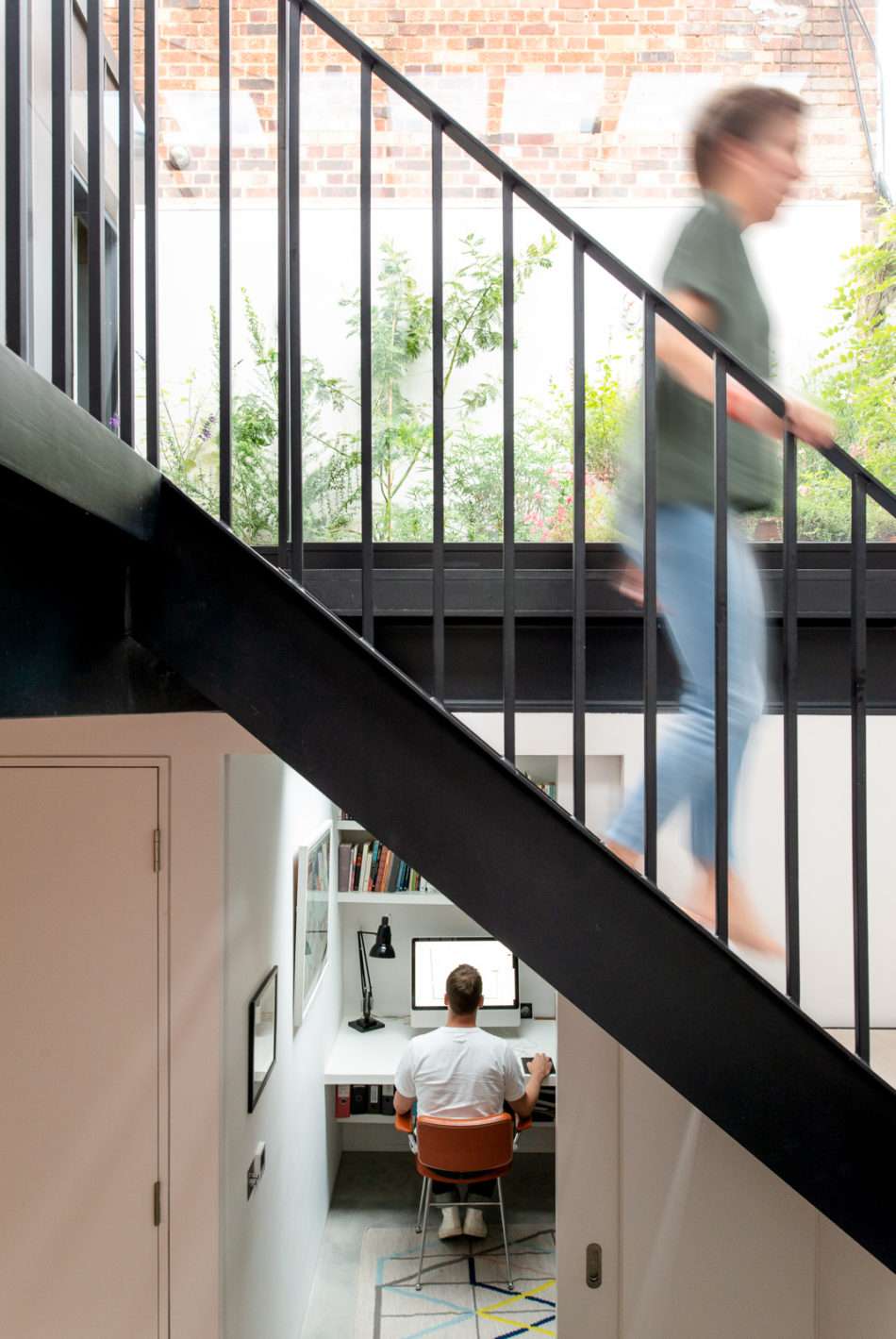
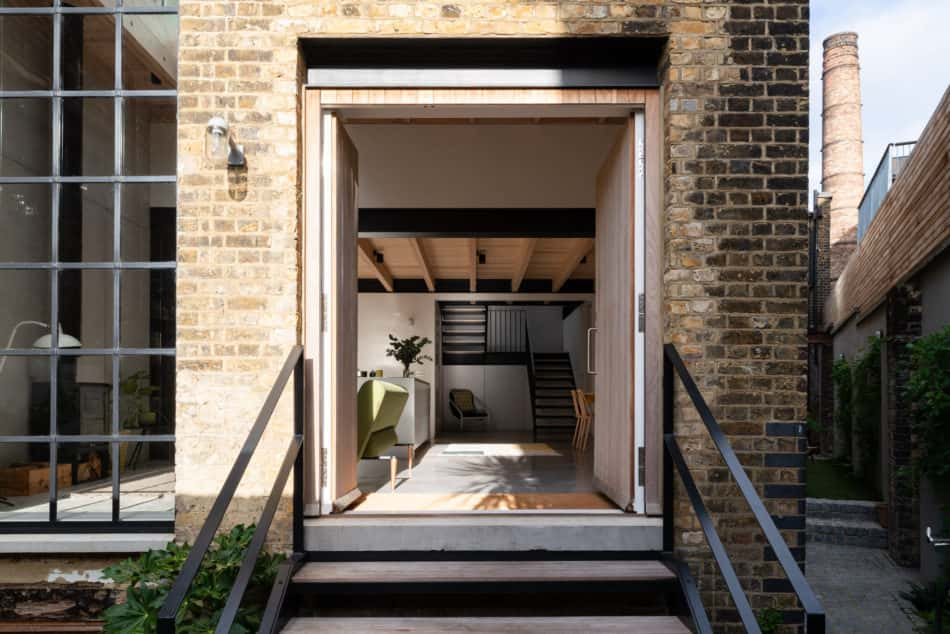
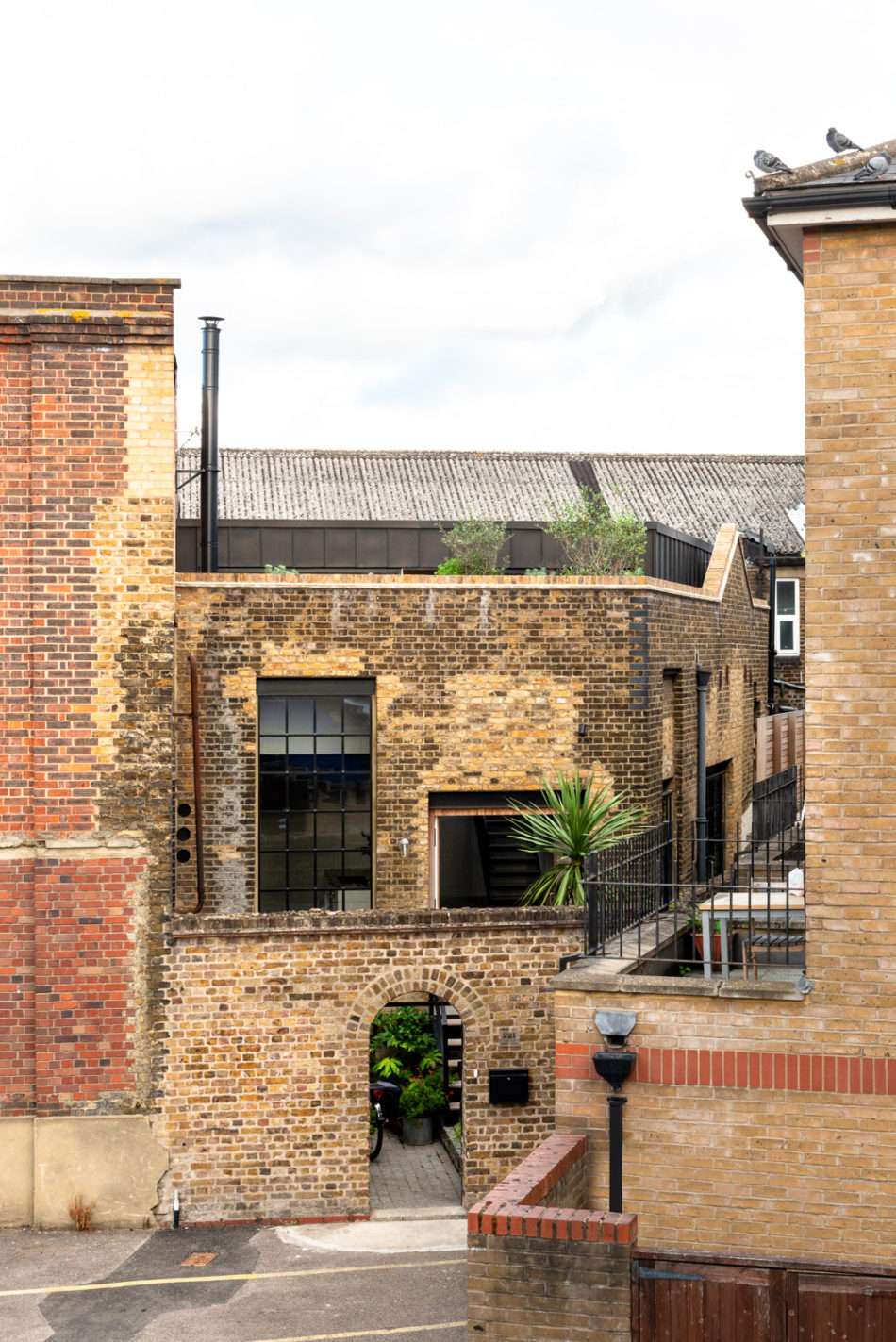
Rupert Scott: “Our new home, a converted gin distillery, is a stone’s throw away from where we were before on the other side of Whitechapel High Street. We had a small, late Georgian cottage, two up two down.
“It was tiny, so we were looking for a new home, and a development project. We had a really wide search area – mostly in London, but not exclusively.”
Leo Wood: “Completely by chance, we ended up finding this site on a commercial property website, minutes from where we were living.”
Rupert: “Historically, the building was part of the gin distillery in this area. What was remaining when we bought it was a brick box with no windows and very small floor to ceiling heights.
“It took six months to buy, then two years to design and get planning for. Although the site’s historic entrance was where the back of the house now is, in reality it was only accessible from the car park. So, we also had to buy a new right of way.
“The building was very dark so we extended it to not only to get more space but also to get more light in and create taller ceilings.
“We wanted to create something that was very carefully crafted as a piece of architecture, but also something that felt and looked like a family home.”
Leo: “Yes, we wanted something that was both minimal, because that reflects our tastes, but that was also warm and inviting. With concrete floors and exposed steel framework, that was challenging at times.
“There are layers to this house. Ru has his own practice, Open Practice Architecture, and so his architectural ambitions are behind the actual building. On that front, having the house nominated for the ‘RIBA House of the Year’ longlist was really gratifying.
“But then, slowly, over the last year and a half, we’ve become invested in it as our home and made the interiors our own, which has been really rewarding too.
“The other thing we have tried to achieve is that, although this house is super different to where we were before, there’s a sense of a hidden oasis to both.”
Rupert: “One of the main moves we made was to cut a terrace into the darkest corner so that light is bought down and in.
“The paranoia was that it wasn’t going to be light enough, but we’ve ended up with the opposite, if anything. But, what’s good is that it’s not all via glazing on one elevation.
“In a sense, we don’t have a garden. But, we do have different outdoor areas: the entrance courtyard, a side yard, a terrace upstairs and an unofficial terrace, which we use for pot plants.
“Living with different aspects out to greenery, you get a sense you’re living around nature but, actually, the amount of outdoor space is not massive.”
Leo: “We don’t have the kind of traditional ‘kids-can-play-football’ garden. But we go to the park for that.”
Rupert: “It’s funny that we always assume that the point of outdoor space is about being outside but, actually, often it’s about a buffer zone between you and the city.
“It’s something you look at or through as much as something you actually occupy, especially in this country. All the outdoor spaces we have here are essential to our experience of living here but we don’t necessarily spend a huge amount of time in them.
“I think it’s not just the increased size that this place gives us in comparison to where we were before. One of the difficulties with living in a small cottage was that we always felt a little bit disconnected from each other because it wasn’t open-plan.
“But, in another way, it was hard to find privacy or find your own space. Here, we are able to feel connected while not being on top of each other.
“For me, that’s the main characteristic of this house. Spatially, it’s not huge; it’s about the same size as a four storey Victorian terrace house that can be found all over London. The difference is that we have all that space over two floors, meaning life here feels connected, and there’s a sense of openness and light.”
Leo: “For me, having guests to stay is massive. To be able to have my dad every six weeks, or to be able to help out friends who want a night out in London is something I love being able to do.
“Coming from a tight-knit little neighbourhood to what is essentially a somewhat isolated site in the corner of a car park, I was worried about losing a sense of community. What’s surprising is that, actually, I feel quite connected to our neighbours here. Having a family definitely helps you with that.
“We have two small kids who are five and two, which can be very demanding. So, while this area has increasingly more to offer, our weekends are not really about drinking nice craft beer! Most of the time, it’s about finding a playground and managing tantrums.”
Leo and Rupert, how do you define modern living?
“Rooms and physical spaces in the home are less defined than they once were, with people more often working from home and rooms doubling up to do different things. So modern living is a fairly fluid experience these days.”
If you were to move, what would be the first thing you’d take with you?
“An art piece given to Ru on his 40th birthday by Richard Scott, an artist and architect and the first person to employ Ru at Surface Architects, and who has since become a lifelong friend.”
Is there a home on The Modern House website that has caught your eye?
“The Klein House in Selkirk. Dream house material.”
